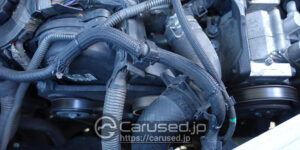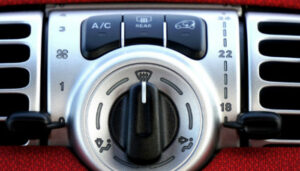It’s no secret that gas is a potent fire starter. With a bit of oxygen and a source of heat, a gas is a substance just waiting to explode. However, pumping gas with the ignition and a cellphone on is a common practice among drivers, which draws the question unto how important it really is to follow the “turn off your ignition” and “don’t use your cellphone” signs posted by gas stations. Everyone is doing it, so why shouldn’t you? One word: safety.
The Fire Triangle
It takes more than fuel to spark off an explosion, but it is one of the three ingredients in the fire triangle. Basically, to start fire, you’d need 1) fuel, 2) a source of heat, which in this case can be your powered ignition, and 3) an oxidiser, which can be the oxygen in the air we breathe. With all these three components combined, you can accidentally start an explosion.
But while it is true that turning your ignition and your cellphone on as you pump gas on your tank can lead to major accidents, there’s also a reason why these incidents are very rare. To understand how fire really starts, below are some of the important things you need to know about the fire triangle:
- Fuel: Petrol vapour is definitely in the air as you load gas on your tank, but the good news is, your chances of igniting the fuel is extremely low. Petrol vapour is only able to burn in a narrow concentration range, which is around 2% to 8%. Anything lower or higher than that will not cause fuel to burn. Since the range for fuel’s burning capacity is narrow, the probability of getting the right concentrations of fuel, heat and oxygen to ignite fire is also slim.
- Oxidiser: The oxygen in the air is enough to start fire. When combined with fuel and heat in ideal fire-starting concentrations, oxygen can breathe life to an explosion. So basically, when you are loading fuel on your tank, you automatically have one of the fire-starting ingredients on your checklist.
- Heat: When the ignition is on, there is an unlimited source of heat that can start an explosion. First off, the starter motor, which attracts electrical current and ignites hot electric sparks, can be an important heat source. Fortunately, it is placed in the part of the engine that is not accessible to air or fuel. Another possible heat conductor are the car’s spark plugs, which can interact with petrol or air. Although spark plugs are well-insulated, you have to double check them as faulty insulators can lead to petrol-oxygen-heat interaction, which can then start fire.
Cellular Phones and Static Electricity
The probability of bursting into flames as you pump gas on your tank while you are on a call is very low, but it doesn’t mean that there is no chance for you to accidentally create an explosion because of faulty cellphone and gas-pumping habits. While a call is not enough to create sparks, there are very rare instances when static discharge can cause sparks in the gas tank. When drivers get inside the car as they are loading gas and get back into the tank to change their nozzle, they can carry static electricity, which can cause fire hazards.
Main Take-Away
It’s not everyday that you hear news of an explosion from a nearby gas station, but it doesn’t mean that you should totally ignore warning signs, especially when it is intended for your own safety. If you can’t stand turning off your ignition as you load gas on your engine, do yourself a favor: Check your spark plugs and keep your cellular phone away from your tank. After all, you are always better safe than sorry.



